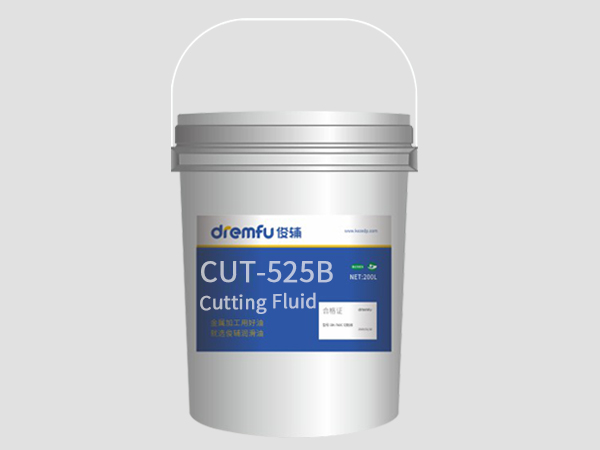2025-09-11 18:32:58
Cutting Fluid is an essential component in stainless steel machining,providing lubrication,cooling,and protection for both the workpiece and cutting tools.Proper maintenance and timely replacement of Cutting Fluid are crucial for ensuring machining efficiency,achieving high-quality surfaces,and extending the lifespan of cutting tools.During stainless steel machining,Cutting Fluid can degrade over time due to exposure to heat,metal particles,and chemical reactions,which can reduce its effectiveness and lead to increased tool wear,poor surface finishes,and higher operational costs.The frequency of Cutting Fluid replacement depends on several factors,including the type of fluid,its concentration,contamination levels,and the specific operating conditions.Water-based fluids,such as soluble oils and synthetic fluids,generally require more frequent replacement than straight oils because they are more susceptible to bacterial growth and dilution,while straight oils may last longer but can still accumulate contaminants that affect performance.The concentration of water-miscible fluids must be regularly monitored and maintained within the recommended range,as evaporation or drag-out during machining can reduce effectiveness and require either dilution or full replacement.Contamination is another critical factor,as stainless steel machining produces fine metal chips,swarf,and microscopic particles that accumulate in the fluid.

High levels of contamination increase the risk of microbial growth and chemical breakdown,making timely replacement necessary to maintain optimal lubrication and cooling properties.Operating conditions,including machining speed,load,and production volume,also play a significant role in determining replacement frequency.High-speed,continuous operations or heavy-load machining accelerate fluid degradation,meaning that replacement may be required more often to sustain machining performance.To determine the appropriate interval for cutting fluid replacement,operators should monitor the fluid through visual inspection,pH testing,concentration measurement,and microbial analysis if needed.Signs such as discoloration,cloudiness,unusual odors,or pH deviations indicate that the fluid may no longer provide adequate protection and should be replaced.While specific replacement schedules vary depending on fluid type and usage,water-miscible cutting fluids are typically replaced every four to six weeks under moderate use,whereas straight oils can last several months but should be filtered regularly to remove debris.In high-production environments,replacement may be necessary every one to two weeks,especially when machining stainless steel under heavy loads.Regular filtration to remove metal chips and debris,maintaining proper fluid concentration,cleaning the fluid reservoir periodically,and keeping detailed records of replacement dates and operating hours are all recommended practices that help optimize cutting fluid performance.By adhering to a structured maintenance plan and replacing cutting fluid at appropriate intervals,manufacturers can ensure efficient stainless steel machining,extend the life of cutting tools,maintain high product quality,and reduce downtime and operational costs.